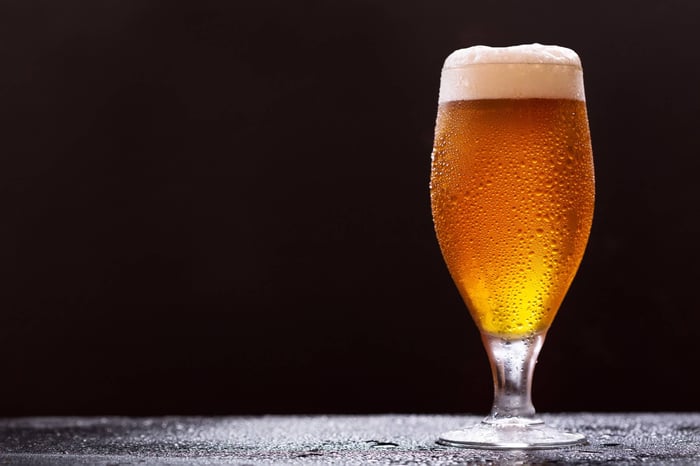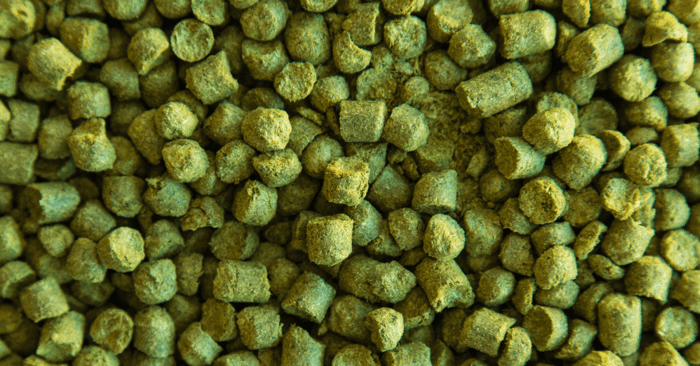The IPA has become absolutely central to New Zealand's craft beer revolution, and for good reason. Our unique position at the crossroads of British brewing tradition and New World innovation creates the perfect environment for exceptional IPA brewing.
New Zealand brewers have embraced IPAs as a canvas for showcasing our incredible local hop varieties. Nelson Sauvin, Motueka, and Riwaka have gained international recognition for their distinctive characteristics, whilst Pacific Jade and Taiheke offer exciting alternatives to traditional European and American varieties.
Exploring IPA Styles: A Brewer's Journey
American IPA: The Template Understanding American IPAs provides the foundation for all modern IPA brewing. These beers demonstrate how to balance hop intensity with drinkability, creating complex yet approachable ales that have won over beer drinkers worldwide.
American IPAs typically feature a clean malt backbone using two-row barley with minimal specialty malt additions. This creates a neutral base that allows hop character to dominate. Target 5.5-7.5% ABV with moderate to high bitterness (40-70 IBU), achieved through careful hop timing and selection.
The magic happens in the hopping schedule. American brewers revolutionised late hop additions, using whirlpool hops and extensive dry hopping to maximise aroma whilst controlling harsh bitterness. For New Zealand brewers, this technique perfectly showcases our local hop varieties' intense aromatic qualities.
English IPA: Respecting Tradition English IPAs remain relevant because they demonstrate brewing balance that modern hop-forward beers sometimes lack. These classics use English base malts like Maris Otter with crystal malts for complexity and colour.
English hop varieties provide earthy, floral characteristics that complement rather than dominate the malt foundation. The style typically features fuller body and more noticeable malt sweetness than American versions, with English ale yeast contributing subtle fruity esters.
For New Zealand brewers, English IPAs offer lessons in restraint and balance. They show how proper ingredient selection and traditional techniques can create satisfying complexity without relying on extreme hop additions.
New England IPA: Embracing Innovation New England IPAs have transformed how we think about hop utilisation and beer clarity. These hazy beauties prioritise hop aroma and flavour over bitterness, creating incredibly aromatic beers with surprisingly smooth drinking characteristics.
The style relies heavily on late hop additions – whirlpool and dry hop phases often total 8-12 grams per litre of finished beer. Wheat malt and oats (15-20% of the grist) provide the characteristic creamy mouthfeel and support hop oil suspension.
New Zealand hops excel in this style. Nelson Sauvin's tropical characteristics, Motueka's citrus notes, and Riwaka's passion fruit qualities create New England IPAs with distinctly Southern Hemisphere character.
Specialty IPA Styles Worth Exploring
Black IPA: Contradiction in Harmony Black IPAs shouldn't work, but they absolutely do. These dark ales combine hop-forward character with subtle roasted malt complexity, creating beers that appeal to both hop lovers and dark beer enthusiasts.
Success requires careful dark malt selection. Use dehusked varieties like Carafa Special to achieve colour without harsh burnt flavours. Target 4-6% specialty dark malts with the remainder being standard pale malt base.
New Zealand's citrusy hop varieties work brilliantly in Black IPAs. The tropical notes of Nelson Sauvin or Riwaka create fascinating contrast with subtle chocolate and coffee flavours from dark malts.
Double IPA: Pushing Boundaries Double IPAs take the IPA concept to its logical extreme, featuring massive hop additions and elevated alcohol content (7.5-10% ABV). These beers demand respect from both brewer and drinker.
The challenge lies in achieving balance. You need substantial malt backbone to support the alcohol and hop intensity without creating excessive sweetness. Many successful Double IPAs use simple malt bills with carefully chosen specialty malts for complexity.
New Zealand's high-alpha hop varieties like Pacific Jade provide excellent bittering potential, whilst aromatic varieties like Nelson Sauvin and Motueka create incredible aroma complexity in the finished beer.
White IPA: Belgian Meets New World White IPAs combine Belgian witbier tradition with American hop innovation. These complex beers feature wheat malt and traditional Belgian spices alongside substantial hop additions.
The style requires careful balance between Belgian yeast character, spice additions, and hop intensity. Many successful examples use a two-stage approach: traditional Belgian techniques for base beer development, followed by American-style hop additions for aroma and flavour.
New Zealand Ingredients and Techniques
Our local hop varieties offer unique opportunities for distinctive IPA character. Nelson Sauvin provides intense tropical fruit and white wine characteristics that work brilliantly in both American and New England IPA styles. Motueka offers bright citrus notes, whilst Riwaka delivers passion fruit intensity.
Consider blending New Zealand hops with international varieties. Nelson Sauvin pairs beautifully with American Citra, whilst Motueka complements Mosaic's complex fruit character. These combinations create uniquely Kiwi interpretations of classic styles.
Water chemistry plays a crucial role in IPA success. New Zealand's naturally soft water requires mineral additions for optimal hop extraction. Target 150-200ppm calcium sulphate for hop-forward styles, balanced with calcium chloride for malt support.
Advanced Brewing Techniques
Biotransformation represents cutting-edge hop utilisation. Adding hops during active fermentation allows yeast to modify hop compounds, creating flavours impossible through traditional techniques. This works particularly well with New Zealand's intensely aromatic hop varieties.
Dry hopping timing affects final character significantly. Shorter contact times (2-3 days) emphasise bright, fresh hop character, whilst longer periods (5-7 days) develop more integrated complexity. Experiment to find your preferred balance.
Consider closed-transfer techniques for hop-sensitive styles like New England IPAs. Minimising oxygen exposure preserves delicate hop aromatics and prevents oxidation that can destroy beer quality.
Quality Control and Consistency
IPA brewing demands meticulous attention to ingredient quality and process control. Hop oils are volatile and sensitive to degradation – always check storage conditions and use dates.
Temperature control during fermentation prevents fusel alcohol production in higher-gravity IPAs. Maintain consistent temperatures between 18-20°C throughout primary fermentation for optimal yeast performance.
Document everything. Successful IPA brewing requires reproducible processes, especially when working with multiple hop varieties and complex hopping schedules. Keep detailed records of all additions, timing, and fermentation parameters.
Seasonal Considerations
New Zealand's climate offers unique opportunities for ingredient sourcing and brewing timing. Fresh hop harvests in autumn provide opportunities for wet hop beers that showcase local varieties at their peak.
Consider seasonal ingredients beyond hops. Local fruits like feijoa or passionfruit can complement hop character in specialty IPAs, creating distinctly New Zealand interpretations of classic styles.
The Future of New Zealand IPA Brewing
New Zealand's craft beer scene continues evolving, with brewers pushing boundaries whilst respecting tradition. Our unique ingredients and innovative spirit create opportunities for truly distinctive IPAs that reflect our brewing identity.
The key to successful IPA brewing lies in understanding each style's objectives and adapting techniques accordingly. Whether brewing a traditional English IPA or experimenting with New Zealand hop innovations, focus on ingredient quality and process excellence.
Remember that exceptional IPAs result from understanding your raw materials and respecting the brewing process. The hops provide the excitement, but proper technique ensures everything comes together brilliantly.
Grainfather Team









